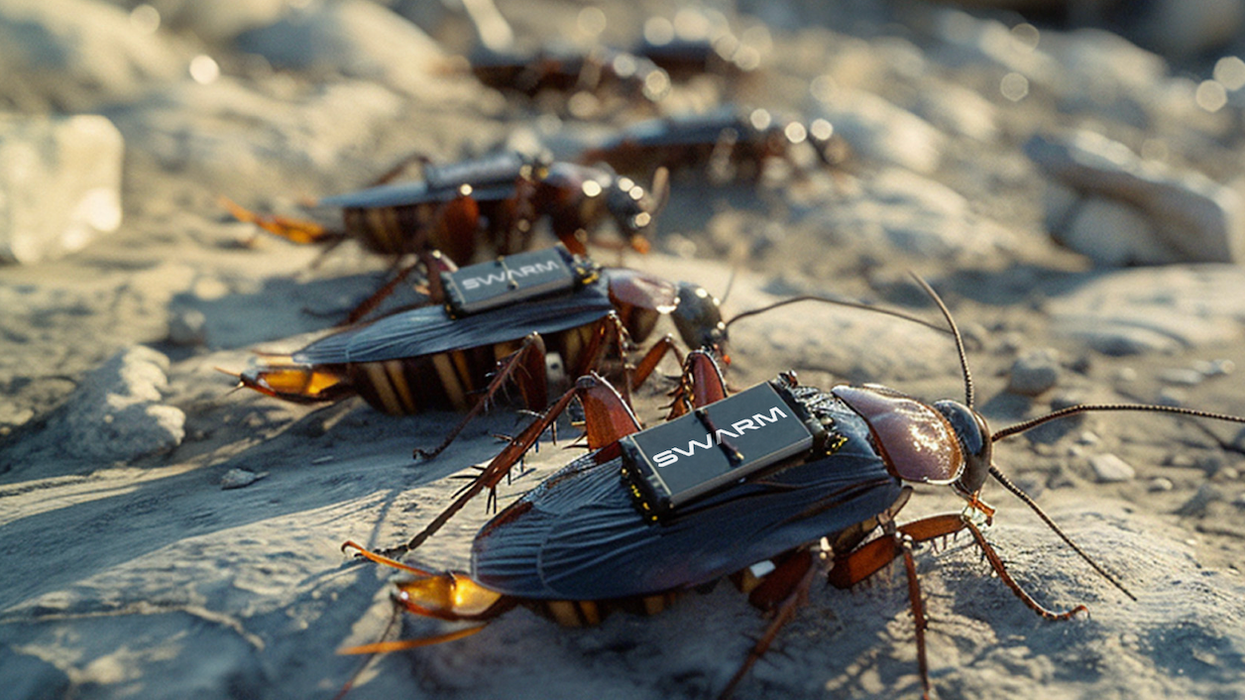When drawing the Sun in a typical landscape, the first color that someone instinctively picks up is 'yellow.' Professional photographers may see the Sun as 'blue,' but for the majority of humans, the Sun is unquestionably 'yellow.' However, astrophysicist Neil deGrasse Tyson calls this a “conspiracy of astrophysical law and human physiology.”

The color that human eyes see in the Sun is an illusion projected by laws of spectroscopy that deal with the absorption and emission of light. The biology of human vision causes them to perceive the Sun as 'yellow,' or 'blue,' while in reality, it is 'white.' In a short clip extracted from SXSW’s 2014 interactive session, Tyson explains how the science of light casts this magnificent illusion across the planet that no human, except those with telescopes, has been able to crack.

“People say that the Sun is yellow,” Tyson says in the SXSW clip. “No, it’s not. It’s white.” In a video by StarTalk, Tyson elaborated this statement with the example of a red-colored gel. Let’s say when white light is shone on a blank piece of paper, it shows the paper as white. Now, what if someone daubed a layer of red gel in front of a white light? The paper would appear red, exactly. So, Tyson says, that if the Sun was 'yellow,' then in broad daylight, the snow would appear 'yellow.' But it doesn’t. So, the first thing is, the Sun isn’t 'yellow.' The next question that pops up is, then why doesn't it appear light? The secret to this lies in human biology.

Humans normally perceive colors with the aid of a biological mechanism that functions behind their eyes till the brain. In each inner eye, there is a paper-thin optic nerve called “retina” that receives the light from the sensory eye, explains TED-Ed. Inside the retina, zillions of photoreceptor cells help it receive the light. These photoreceptor cells are of two types: rods and cones. While rods are all designed to perceive light in the dark, which comes in a grey-black-white palette, the cones are designed to see colors.

Cones come in three colors: red, blue, and green, also known as “Primary colors.” When light comes in contact with cone cells, they detect the wavelength of light and the corresponding color and transmit this information to the brain. All the colors of the rainbow are perceived as a combination of these three colors. For example, yellow color is perceived as a combination of red and green colors, but there is no actual yellow. So, as the color is detected, the electrical signal reaches the brain, which makes the person perceive that particular color. However, since there are only three colored cones in the retina, it often causes an anomaly in what humans see and what is actually there.
Something like this happens when humans look at cosmic and interstellar objects, like stars. “When the Sun sets,” its light is heavily attenuated by the dust in the atmosphere,” Tyson explains in the SXSW video, “These particles in the air scatter blue light out of the Sun into the rest of the sky, turning the sky blue. And the more blue that it takes out, the more yellow-red the Sun looks.”
In the StarTalk video, Tyson describes this even more elaborately, “The Sun isn’t yellow. The atmosphere made it yellow,” while the color blue of the sky is “stolen sunlight that would have otherwise passed straight through.” So, when the particles in Earth’s atmosphere are of the same size as the wavelength of blue in the Sun’s spectrum, they subtract the Sun’s blue color and spill it out into the sky, making the sky appear blue and the Sun left to appear yellow.



















 A road near equatorial Atlantic OceanCanva
A road near equatorial Atlantic OceanCanva Waves crash against rocksCanva
Waves crash against rocksCanva
 Older woman drinking coffee and looking out the window.Photo credit:
Older woman drinking coffee and looking out the window.Photo credit:  An older woman meditates in a park.Photo credit:
An older woman meditates in a park.Photo credit:  Father and Daughter pose for a family picture.Photo credit:
Father and Daughter pose for a family picture.Photo credit:  Woman receives a vaccine shot.Photo credit:
Woman receives a vaccine shot.Photo credit: 
 Image artifacts (diffraction spikes and vertical streaks) appearing in a CCD image of a major solar flare due to the excess incident radiation
Image artifacts (diffraction spikes and vertical streaks) appearing in a CCD image of a major solar flare due to the excess incident radiation
 Brady Feigl in February 2019.
Brady Feigl in February 2019.
 Yonaguni Monument, as seen from the south of the formation.
Yonaguni Monument, as seen from the south of the formation. 
